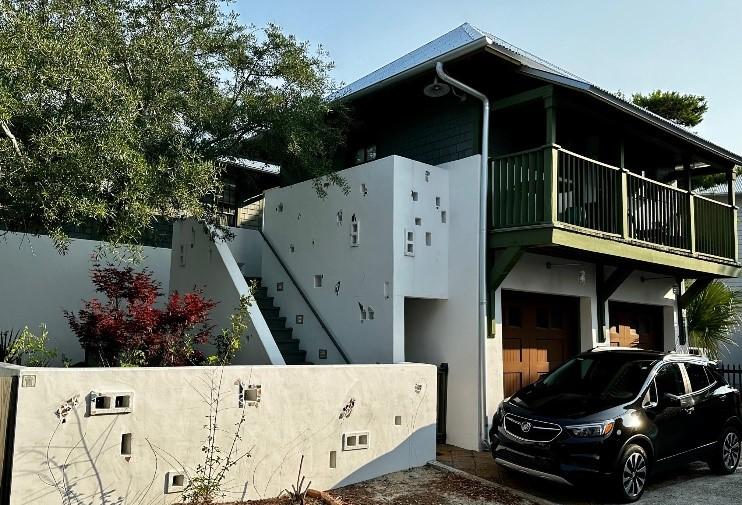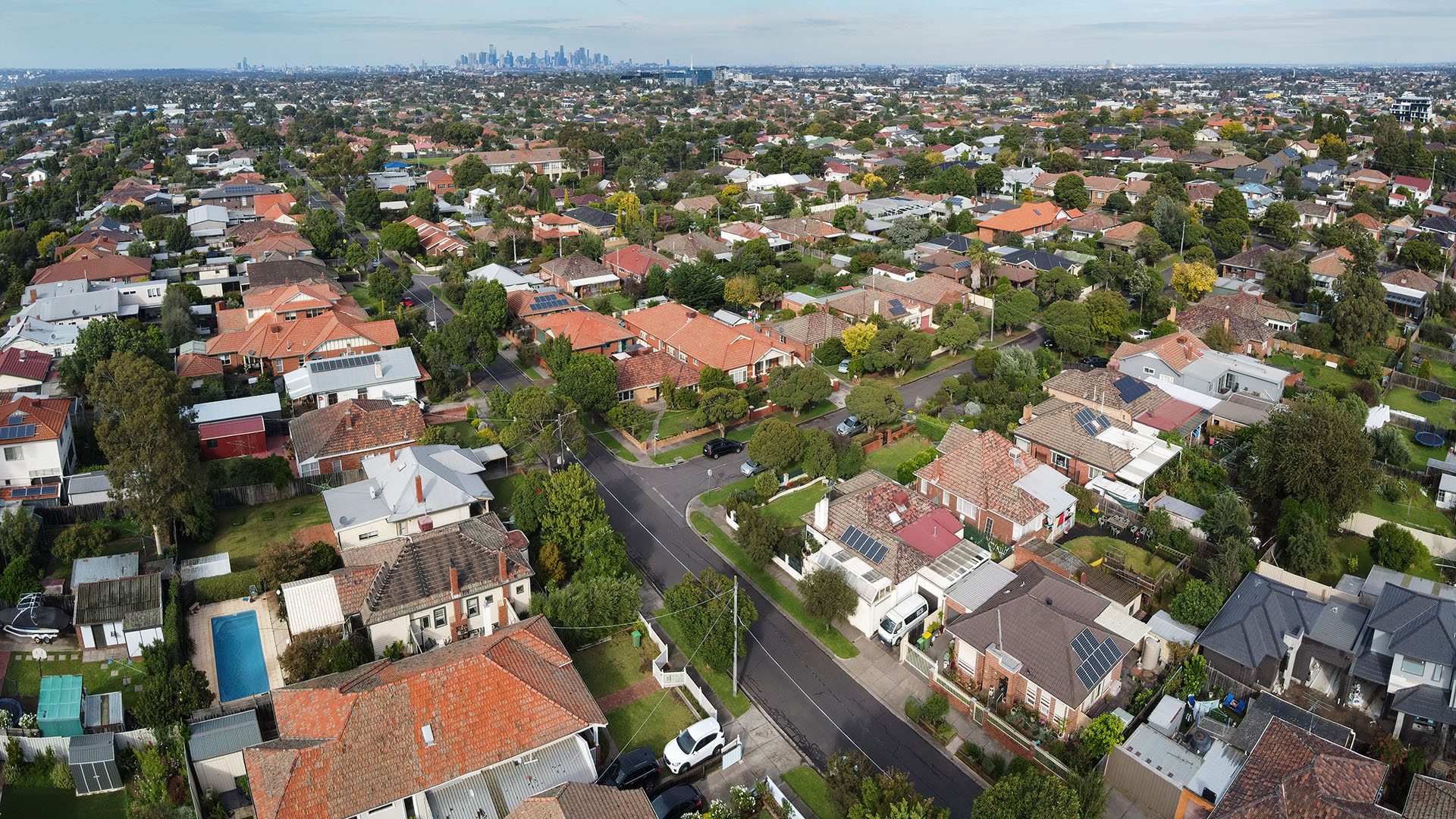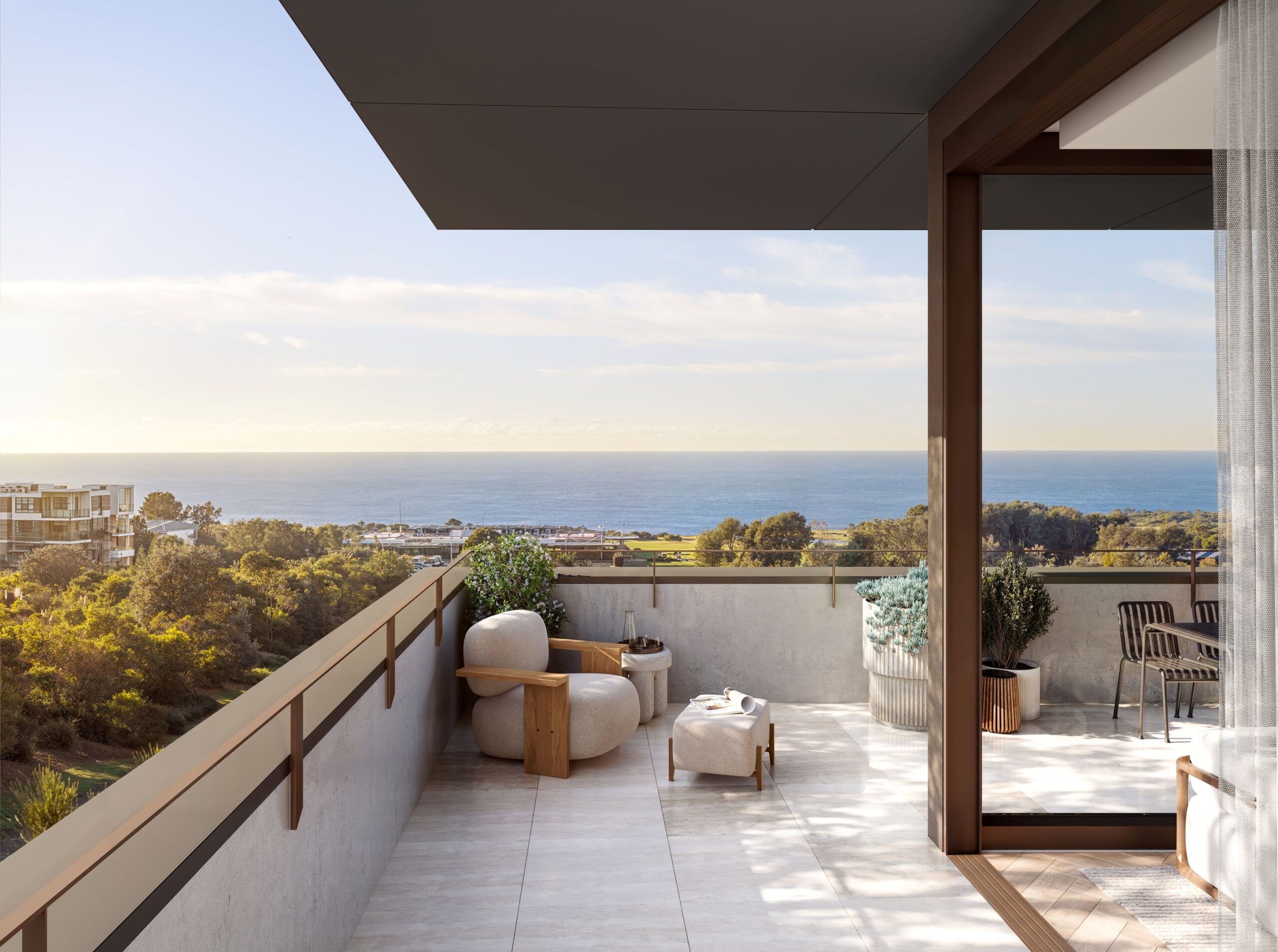Australia should look to a popular US solution to help ease its housing crisis
18 September 2023
Australia’s housing crisis is not expected to resolve soon, with new research revealing that we will face a net supply shortfall of over 250,000 homes by 2028. Mike Day, award-winning partner at urban solutions provider Hatch Roberts Day, has recently returned from the company’s US Study Tour with urban planners and business leaders and observed how the US is tackling a similar problem with an old housing idea that has regaining popularity.
The Hatch RobertsDay US Study Tour explored accessory dwelling units or ‘Fonzie flats’, which derive their name from the star of hit TV show Happy Days, as a potential solution to help ease Australia’s crippling accommodation shortage. With this style of housing resulting in 7000 new homes being approved in LA alone this year, compared to 1200 traditional houses in 2022, Mike is advocating for Fonzie flats to be developed in Australia.
Societal impact of high house prices
Australian property is among the most expensive in the world, with Sydney and Melbourne regularly featuring on the list of least affordable housing markets.
Mike says: “The young, the elderly and others in low-paid or part-time work are particularly at risk. And our inadequate supply of public or community-owned housing leaves us ill-equipped to take care of our most vulnerable or reduce existing backlogs as 1.7 million net new immigrants flood into the country between now and 2028.”
He adds: “Australian governments pay out billions a year in subsidies to help low-income renters. The hidden costs of the housing crisis, however, damage the fabric of our society through car ownership costs for residents who are forced to buy affordable property in the outer suburbs of our capital cities, social inequity, and long commutes into the city.”
Mike says reducing car ownership is one solution. Research by the Australian Automobile Association has established that the annual cost of owning and running a car in Sydney, Melbourne and Brisbane is $26,000. Mike says: “At an interest rate of 6 per cent, getting rid of one car and alleviating this cost would service approximately $300,000 of a housing loan. Moreover, e-bikes are becoming a viable alternative of a car, at a tenth of the cost.”
How California is tackling the issue
Mike says other issues apart from immigration are also contributing to the problem. In particular, he highlights restrictive planning laws, which he says should be adapted to cater for innovative ways to increase housing densities in existing and emerging neighbourhoods.
“Changing the entire Australian housing industry simply isn’t feasible in the short term, but we can finely tune our existing housing model. For instance, we should be utilising the existing space that many Australians have by building granny flats in backyards and by putting Fonzi flats on top of existing garages.’’
Mike says we should be emulating California, which is today in a building boom for basement suites, garage apartments and backyard cottages – known collectively in the US as accessory dwelling units (ADUs).
At the start of 2017, California passed a law to force cities to relax their restrictions on ADU construction. In 2022, California homeowners applied for over 30,000 ADU permits – twice as many as in 2018, and accounting for almost one-fifth of all housing units permitted and built last year.
ADUs are also taking off elsewhere across the US, including in Chicago, Miami and parts of Montana. The city of Seattle, in the state of Washington, saw a 25% year-over-year increase in ADU permits submitted last year, outpacing even California.
Also known as ‘in-law apartments’ in the US, ADUs can also be used as a guest house or office or rented out as a separate housing unit. Regulations vary by location: while those in LA county can be up to half the floor size of the main dwelling, not exceeding 1200 square feet (111 sqm) – the maximum size in Malibu County is 900 sqft.
Small footprint
Now that the US has shown that Fonzie flats and granny flats are a great way to increase housing stock without drastically altering neighbourhoods, Australian governments should change regulations to make them easier to build here, says Mike.
“They don’t have a major impact on communities or add many new cars to the roads, and they are well suited to seniors who want to live on the same piece of land as family members, or for younger people dealing with a tough housing market,’’ says Mike.
“It’s a cost-effective and environmentally sound housing solution which can be adapted to existing urban areas or emerging metropolitan growth areas. It would also assist communities to be more connected by accommodating multiple generations and different familial structures into neighborhoods.
“Councils could restrict their use for AirBnB purposes so that extended families and key workers in the community would have access to a greater attainable housing pool.’’
Changing states
In Queensland, where an additional 900,000 new homes will be needed by 2046, the state government is showing a willingness to address the housing crisis.
Deputy Premier Steven Miles acknowledged Australia’s population isn’t just getting bigger but it’s also changing, with household sizes, demographics and lifestyle trends shifting.
“We cannot only rely on traditional models and new greenfield development as the answer for housing choice and affordability given what we know about people’s preferences,” he says.
In response to the housing crisis, Queensland last year pushed through a new law to allow people to rent out granny flats, which is still not permitted in other states such as Victoria, and Miles has called on local councils to do more to speed up their rollout.
Mike Day sees this as an important precedent which should be emulated elsewhere, and planning restrictions, for example on building heights and boundary offsets, can be improved across Australia to encourage construction of Fonzi flats and granny flats.
“At the end of the day, the only way to provide more attainable housing is to foster diversity in housing forms and build more of it where people want to live,’’ says Mike.






